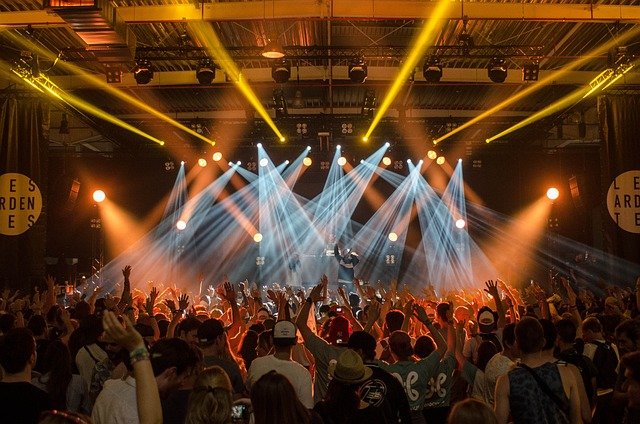Cross-Cultural Collaboration Strategies for Creative Projects
Cross-cultural collaboration in creative projects unlocks new perspectives, expands audience reach, and supports resilient practices for touring, festivals, and digital releases. Successful collaborations balance artistic intent with cultural sensitivity, shared decision-making, and practical arrangements such as licensing and monetization. This article outlines strategies to build interactive, hybrid, and community-rooted projects that account for sustainability, audience engagement, and fair revenue sharing across borders.

Cross-cultural creative work thrives when planning, communication, and respect are embedded from the start. Collaborative projects that span regions or cultural contexts—whether a touring performance, a community-driven festival, or a hybrid digital experience—require deliberate design choices around roles, timelines, and shared values. Setting clear expectations about artistic direction, logistical responsibilities, and how the work will be presented to different audiences reduces friction and creates space for meaningful exchange.
How can collaboration center community and cultural context?
Successful collaborations begin by acknowledging local histories and existing community expertise. Engage cultural advisors, local services, and community organizations early so projects reflect authentic perspectives rather than surface-level borrowing. Co-design sessions, workshops, or residencies can invite participants to shape content, outreach, and presentation. This approach builds trust, increases attendance, and supports reciprocal relationships instead of extractive practices.
What makes hybrid and interactive projects effective in a digital age?
Hybrid projects that combine live performance with digital elements create flexible participation pathways, widening audience access and offering multiple revenue avenues. Interactive components—such as live-streamed Q&As, audience-controlled elements, or supplementary online content—encourage deeper engagement. Attention to platform accessibility, moderation standards, and clear user guidance ensures that digital layers enhance rather than distract from the core artistic experience.
How should sustainability and touring be addressed in planning?
Sustainability for creative projects involves both environmental and social considerations. For touring, consolidate routes to reduce travel emissions, prioritize low-impact load-ins, and select venues aligned with sustainability goals. Incorporate local production teams to minimize freight and support regional economies. Social sustainability means fairly compensating local partners, planning rest periods for artists, and building contingency plans that respect different labor norms and legal requirements in each location.
How can performances reach diverse audiences while respecting artistic integrity?
Adapting presentation and outreach for different audiences requires balancing accessibility with the original artistic intent. Use multilingual materials, community previews, and layered programming (for example, contextual talks or youth workshops) to bridge cultural differences. Consider venue choice and time-of-day to match local habits, and gather audience feedback to iteratively refine the work’s fit for each community. Clear program notes and contextual framing help audiences appreciate culturally specific references.
What practical steps protect rights, licensing, and monetization across borders?
Clarify ownership and licensing early: define who holds copyright, how derivative works are managed, and what licensing terms apply for reproductions, broadcasts, or translations. Use written agreements to document revenue splits for ticketing, digital distribution, and secondary uses. For monetization, explore mixed models—box office, tiered digital access, grants, sponsorship, and merchandise—to diversify income. When working internationally, consult legal advisors familiar with local intellectual property rules and consider standardized contracts that allow region-specific clauses.
How do partnerships and digital distribution support long-term collaboration?
Sustainable partnerships combine on-the-ground collaborators with digital distribution strategies to extend a project’s lifespan. Build relationships with local festivals, presenters, and cultural centers to anchor live activity, while maintaining a digital archive or pay-what-you-can streaming options to reach remote audiences. Licensing agreements for recorded material should consider language adaptations and territorial rights. Investing in shared platforms or open documentation supports future co-productions and preserves community knowledge.
Conclusion Cross-cultural collaborations in creative fields succeed when artistic curiosity is paired with deliberate structures: transparent agreements, community engagement, and adaptable presentation formats. Addressing practicalities such as licensing, monetization, and sustainable touring from the outset reduces friction and protects participants. By combining interactive and hybrid approaches with deep local partnerships and digital strategies, creative teams can produce culturally responsible projects that expand audiences and support equitable artistic exchange.





